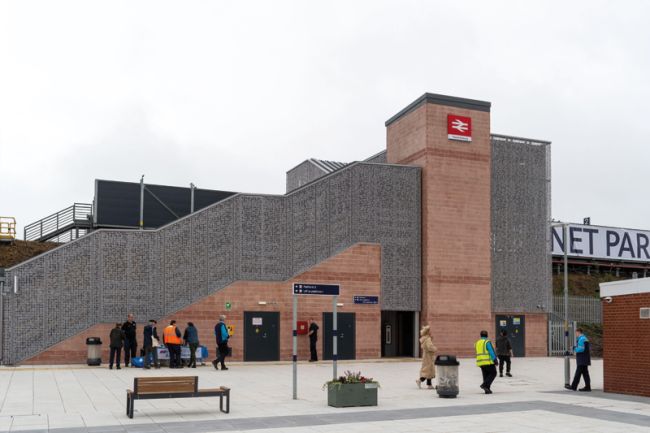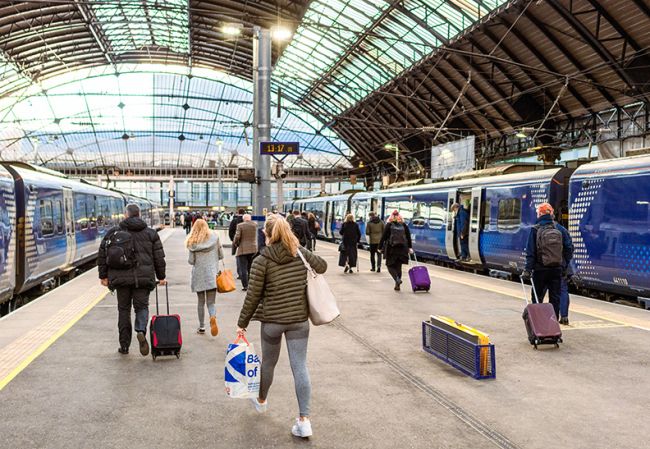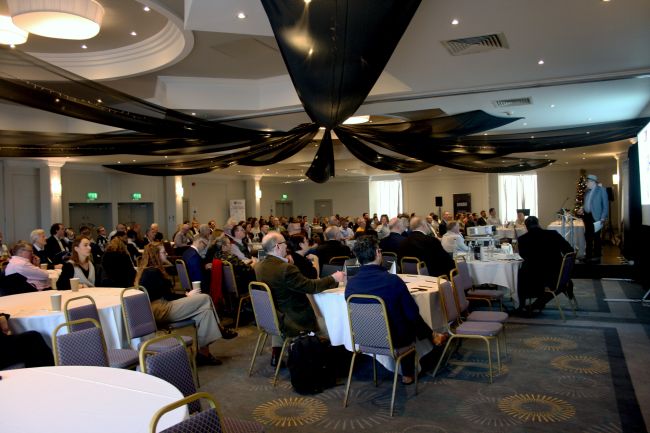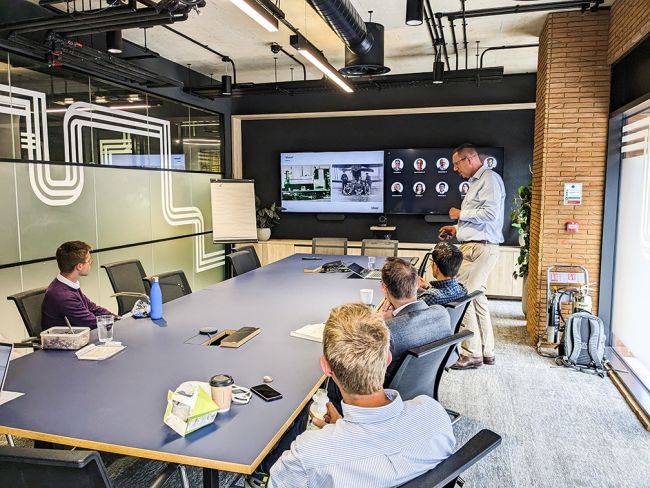Putting local rail on the fast track
Rail continues to occupy a central position in the debate on transport in the UK.

Rail continues to occupy a central position in the debate on transport in the UK, and much of the current discussion surrounds the potential for the development of high-speed rail. While these are indeed exciting times for such nationally significant projects, there are many short-medium term opportunities to improve local and regional rail services that can fulfil an important role in the travel experiences for current and new rail passengers.
A number of new initiatives have sprung up that offer hope and opportunity to develop rail schemes that a few years ago would have remained mere aspirations, if not wishful thinking.
The introduction of Regional Funding Allocation (RFA) for transport-related schemes has created new funding sources for rail projects that would otherwise fall below the radar in strategic national importance.
Earlier this year the UK Department for Transport (DfT) issued a revised policy on how local and regional rail services promoted by local authorities and PTEs could be funded. This contained a number of conditions, and is subject to funds being allocated in 2012 as part of the High Level Output Specification (HLOS). There is more work to be done in the coming months to understand fully how such schemes might be realised.
Connecting communities
More recently, ATOC published Connecting Communities, a report setting out the potential for new stations and new routes to be connected to the national rail network.
This is an area where Steer Davies Gleave has been doing a lot of work, helping a wide range of local and regional bodies as well as private entities to promote the development of rail as an integral part of their transport strategies. Enhancements to the rail network include new stations and reopening of sections of track and additional services, that enable new markets to be served and improved connectivity.
We have been involved in strategic studies such as the West Midlands Region Rail Development Plan and the Tay Estuary Rail Study, as well as new station schemes including Kenilworth and Stratford Parkway in Warwickshire, proposed stations in West Yorkshire and a proposed site adjacent to the Hull KC Stadium. Other projects include the Merseytravel studies looking at reopening chords at Burscough and Halton, a Kent County Council commission to assess connectivity to East Kent, and a long-standing relationship with the East West Rail Link.
The value of rail schemes
The current economic climate poses a risk to the realisation of a number of rail schemes. But this will sharpen the focus on those schemes that can really add value to the economy, and the need to prioritise such initiatives will be critical in securing the funding to deliver projects.
Understanding the costs and benefits associated with the rail industry can make a key difference to scheme selection.
Local Transport Plans
Work is also starting to progress on the next round of Local Transport Plans (LTPs), and in these we are expecting a greater focus on the role of small-scale rail schemes to address local transport issues as an integrated part of their LTP3 package.
Having an interface can help authorities when dealing with the complexities of the rail industry. With our knowledge, technical capability and involvement with all the key industry players, we can provide a voice for local authorities in their pursuit of that rail vision.
Local and regional rail schemes can provide relatively low-cost and quickly deliverable solutions that can improve accessibility, reduce dependence on cars for the benefit of the environment, and help stimulate new economic activity between areas that were previously poorly connected. While less high-profile than high-speed rail, their importance in continuing the development of the national rail and transport infrastructure at a more local level should not be ignored.
Jim heads the development of our local and regional rail market, and since joining from the Department for Transport in 2008, he has provided strategic advice to a number of significant rail projects.


















